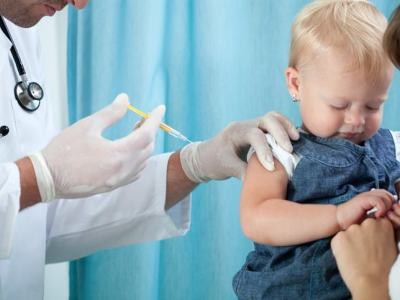Asymptomatic carriers unknowingly spread COVID-19 in Asia, reports say
A multicenter study published yesterday in Travel Medicine and Infectious Disease shows that 60% of asymptomatic (symptom-free) COVID-19 patients in Sichuan province, China, were diagnosed as having pneumonia on their first computed tomography (CT) scan.
The study involved 100 asymptomatic and 411 symptomatic coronavirus patients in hospitals in 21 cities and 47 counties or districts from Jan 25 to Feb 20.
The researchers also found that patients without symptoms were younger and came from higher-altitude areas with less resident mobility and more defined epidemiologic history than patients with symptoms but had similar rates of underlying conditions.
Of initially asymptomatic patients, 27.4% later developed symptoms, two of them older patients who developed severe symptoms. No asymptomatic patients died. One patient was believed to have transmitted the virus during the incubation period.
And in Influenza and Other Respiratory Viruses, a May 30 letter details likely asymptomatic COVID-19 spread in a household and school after travelers returned to Brunei after attending a religious event in Malaysia from Feb 28 to Mar 2. Of the more than 4,000 confirmed cases linked to the event, 19 from Brunei tested positive for COVID-19 after returning home, where they infected 52 others.
The authors said that their findings support the use of testing and longitudinal surveillance of asymptomatic close contacts, as well as widespread testing at mass gatherings in places with known community spread.
May 31 Travel Med Infect Dis study
May 30 Influenza Other Respir Viruses letter
Low COVID-19 prevalence found among pregnant, postpartum women
Universal testing found an overall low prevalence of COVID-19 among pregnant and postpartum women in Seattle, Washington, according to a new study published in Clinical Infectious Diseases.
The study was conducted at University of Washington-associated labor and delivery units and clinics from Mar 2 through Apr 15. The researchers used rapid tests for SARS-CoV-2, the virus that causes COVID-19, which returned results in 6 to 8 hours. Women were tested in the hospital, at outpatient clinics, and via drive-through testing.
Researchers found a (2.7% [5 of 188]) prevalence of SARS-CoV-2 among pregnant and postpartum patients after initiating universal testing. Among symptomatic patients (22.2% [4/18]) tested positive, and among 170 asymptomatic patients, two were positive or inconclusive; repeat testing at 24 hours was negative.
The authors said the low prevalence in pregnant and postpartum women, as compared to that of New York City, is reflective of virus trends in Seattle.
"Despite low numbers of additional cases identified, universal screening of pregnant patients provides important surveillance information due to the representativeness of this population to the greater community," they concluded.
May 30 Clin Infect Dis study
CDC study finds no secondary COVID-19 transmission of early US case
A Centers for Disease Control and Prevention (CDC) contact tracing investigation of one of the first US COVID-19 patients identified no secondary transmission among close contacts on molecular or serologic testing after 14 days of last exposure.
The study, published late last week in Emerging Infectious Diseases, identified 11 coworkers, 31 waiting-room contacts at an urgent care clinic, and 8 unprotected healthcare contacts of the patient, a 35-year-old man returning to Washington state on Jan 15 after visiting Wuhan, China.
Thirty-eight of the 50 contacts (78%) were interviewed, and 11 (29%) reported unprotected interactions with the patient, who had worked while ill. Thirty-seven (74%) tested negative for coronavirus, and none of the 23 who underwent serologic testing for 6 weeks had detectable antibodies against SARS-CoV-2, the virus that causes COVID-19. The presence of antibodies would indicate previous infection.
All contacts were monitored daily for 14 days. Median contact age was 44 years (range, younger than 1 to 86 years), and 25 (50%) were male. Eight contacts developed symptoms, including cough, headache, runny nose, sore throat, and fever.
Of the 11 coworkers who had face-to-face interactions with the patient, four (36%) had been exposed to the patient over 1 day, and seven (64%) had been exposed over 2 days for 2 to 90 minutes. Six coworkers (55%) said they had touched the patient. Three of seven coworkers who had attended a 2-hour lunch with the patient had also traveled in the same vehicle for a total of 30 minutes.
The authors said that the lack of secondary transmission may be "the nature of the community exposures to the case-patient compared with the more intimate and continuous exposures that would typically be experienced by household contacts."
May 29 Emerg Infect Dis study












